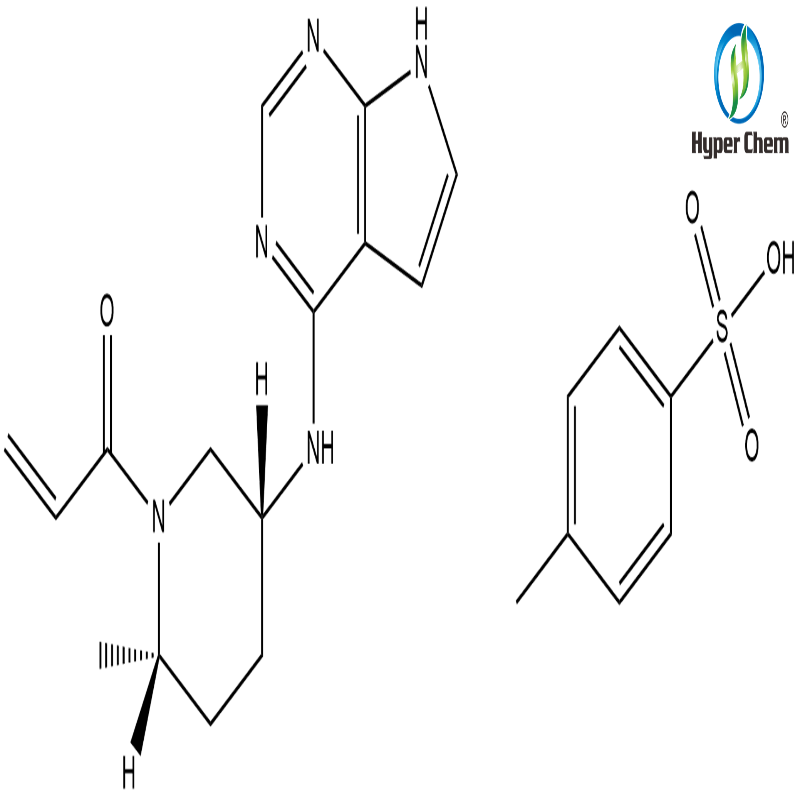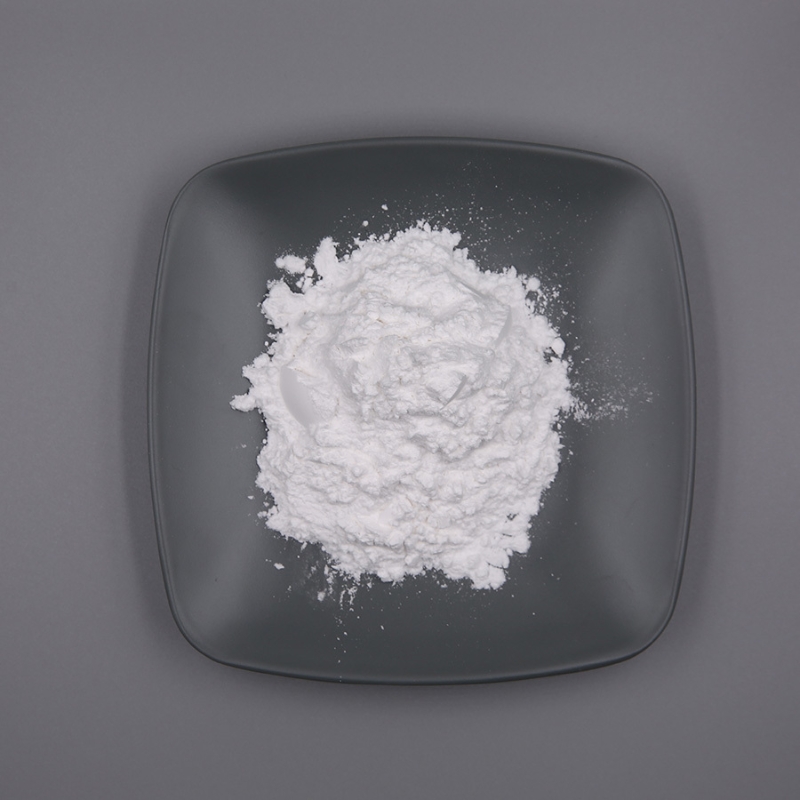-
Categories
-
Pharmaceutical Intermediates
-
Active Pharmaceutical Ingredients
-
Food Additives
- Industrial Coatings
- Agrochemicals
- Dyes and Pigments
- Surfactant
- Flavors and Fragrances
- Chemical Reagents
- Catalyst and Auxiliary
- Natural Products
- Inorganic Chemistry
-
Organic Chemistry
-
Biochemical Engineering
- Analytical Chemistry
-
Cosmetic Ingredient
- Water Treatment Chemical
-
Pharmaceutical Intermediates
Promotion
ECHEMI Mall
Wholesale
Weekly Price
Exhibition
News
-
Trade Service
An unusual lung disease has begun to affect some children with systemic juvenile idiopathic arthritis (JIA) , coinciding with increased use of interleukin- 1 (IL-1) and IL-6 antagonist.
An unusual lung disease has begun to affect some children with systemic juvenile idiopathic arthritis (JIA) , coinciding with increased use of interleukin- 1 (IL-1) and IL-6 antagonist.
Here, two authors review SJIA-LD and its associated DRESS -like phenotype, proposing an alternative explanation, the cytokine plasticity hypothesis, proposing an environment in which IL-1 and IL-6 blockade regulates T cell development , resulting in pathological immune responses elicited by exposure to common microorganisms or other exogenous or endogenous antigens, rather than the drug itse.
Here, two authors review SJIA-LD and its associated DRESS -like phenotype, proposing an alternative explanation, the cytokine plasticity hypothesis, proposing an environment in which IL-1 and IL-6 blockade regulates T cell development , resulting in pathological immune responses elicited by exposure to common microorganisms or other exogenous or endogenous antigens, rather than the drug itse.
In the hypothetical drug response of eosinophilia and systemic symptoms (DRESS) , IL-1 and IL-6 antagonists alter antigen presentation by MHC II to CD4+ T cells, resulting in Th2 -dominated DRES.
These two hypotheses provide a conceptual framework that will guide research into the pathogenesis of SJIA-LD and may open up new therapeutic avenues for patients with systemic JI.
These two hypotheses provide a conceptual framework that will guide research into the pathogenesis of SJIA-LD and may open up new therapeutic avenues for patients with systemic JI.
Binstadt, BA and Nigrovic, PA (2022), The Conundrum of Lung Disease and Drug Hypersensitivity-like Reactions in Systemic Juvenile Idiopathic Arthrit.
Arthritis Rheumatol, 74: 1122-113https://d.
org/11002/a.
42137 leave a message here







